TRAINING TIME: Ready, set, go with movement
CalHiSports Insights October 23, 2012 SportStars 0
I have been doing quite a bit of off-site team training lately and spending a lot of time teaching the basic skills of linear/lateral acceleration techniques and concepts. This is where I always start with new athletes as many have never been taught how to properly prepare and execute this skill.
Many high school athletes really only learn sport-specific skills during practice. There is never a breakdown of actual movement, like a ball handling drill might be broken down in basketball practice.
Athletes are just expected to get from point A to point B as fast as they can, or get through the cones after a quick example of what it should look like. It’s almost as if linear/lateral acceleration concepts aren’t considered a skill.
I’d say 99% of the athletes that I work with for the first time have never had these skills broken down in a way that helps them to understand what positions are optimal, how to perform it correctly and why understanding these skill sets will increase their performance.
Let’s quickly go over linear acceleration.
Linear acceleration is one of the most fundamental movement skills in virtually all athletic activities. It basically involves maximum acceleration over a relatively short distance. Think of a football running back bursting through the hole or a basketball player driving to the hoop for a layup.
Linear acceleration consists of a four-step sequence:
Stance: The Athlete assumes an athletic stance with the center of mass relatively low, the neck and shoulders relaxed, the eyes forward and up, and the entire body positioned for movement. Stances will vary from sport to sport, such as the parallel stance of a volleyball player anticipating a serve or the split stance of a football wide receiver. A variety of stances should be included, as well as variations in height (low stance feet apart, half kneeling, etc.), initial hand and arm positions (arms overhead, at side, etc.) and various other aspects of the initial stances.
Split: The next step is related to the preparatory step, or plyo step. The athlete should reposition the feet so as to provide maximum force production and optimal mechanics. In the case of the parallel stance, the athlete’s drive leg should move backward as the head, trunk and pelvis remain still before being rapidly accelerated by the front leg into forward acceleration.
Forward lean: During sprint performance, the athlete will alter his or her mechanics relative to sub-maximal jogging by leaning forward at the hips, thereby accentuating the force production of the hip extensors (butt muscles). The forward lean should occur in precise synchronization with the opposition drive to follow.
Opposition drive: The most complex portion of this skill set is the opposition drive. This involves precise timing and coordination of muscles in both the upper and lower extremities with stability provided throughout the core. The foot is positioned behind the body while the drive foot (front leg), should be pushed down and back into the ground to produce forward acceleration. The focus is to push the body forward with every step, forcefully triple extending (hips, knees and ankles) with each stride.
Simultaneously, during the initiation of the opposition drive, the arm opposite the drive foot should be forcefully driven upward and forward, while the arm on the same side as the drive foot should be forcefully driven behind the body through shoulder extension. This opposition drive portion of the skill set is then repeated over the prescribed distance or number of steps. It’s best at first to work on the starting skill without subsequent strides.
These are critical first steps in building more advanced motor skills. Through the purposeful and progressive integration of linear/lateral acceleration mechanics, coaches can establish the basics of movement that will serve to optimize performance and protect against injury.
Tim Rudd is an International Youth Conditioning Association specialist in youth conditioning (level 3), speed and agility (level 2), and nutrition specialist (level 1). For more information on anything you read in Training Time, email him at Tim@Fit2TheCore.com.
SportStars
SportStars Magazine: High School Sports Articles Online SportStars is your go-to source for the very best high school sports articles in California. Player and team profiles, game coverage, health and fitness tips and the largest Camps, Clinics & Combine resource for athletes. We're the story behind the stats.

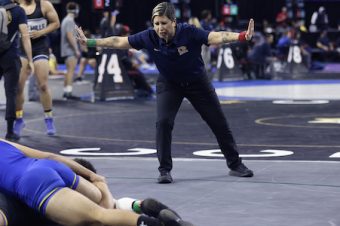



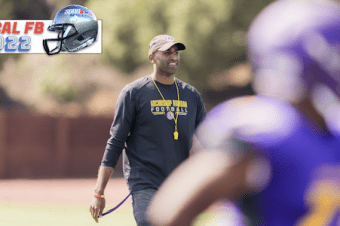
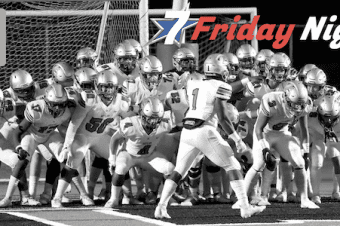
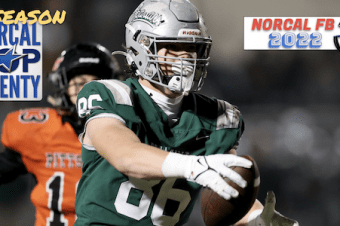
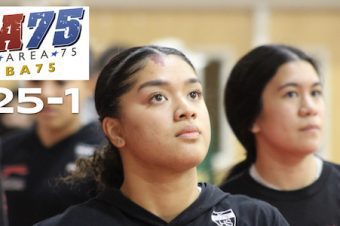

No comments so far.
Be first to leave comment below.